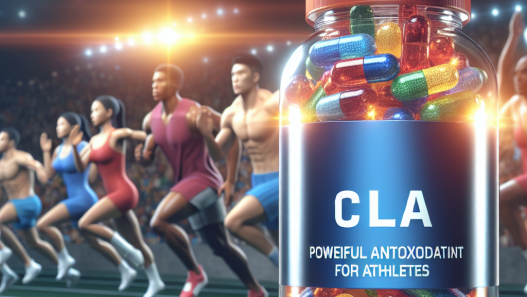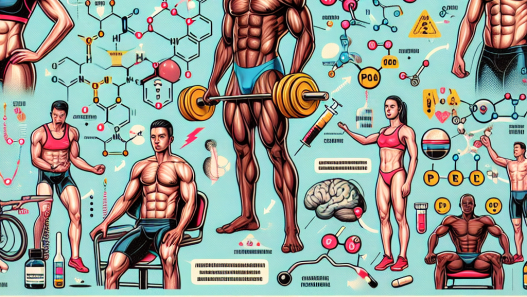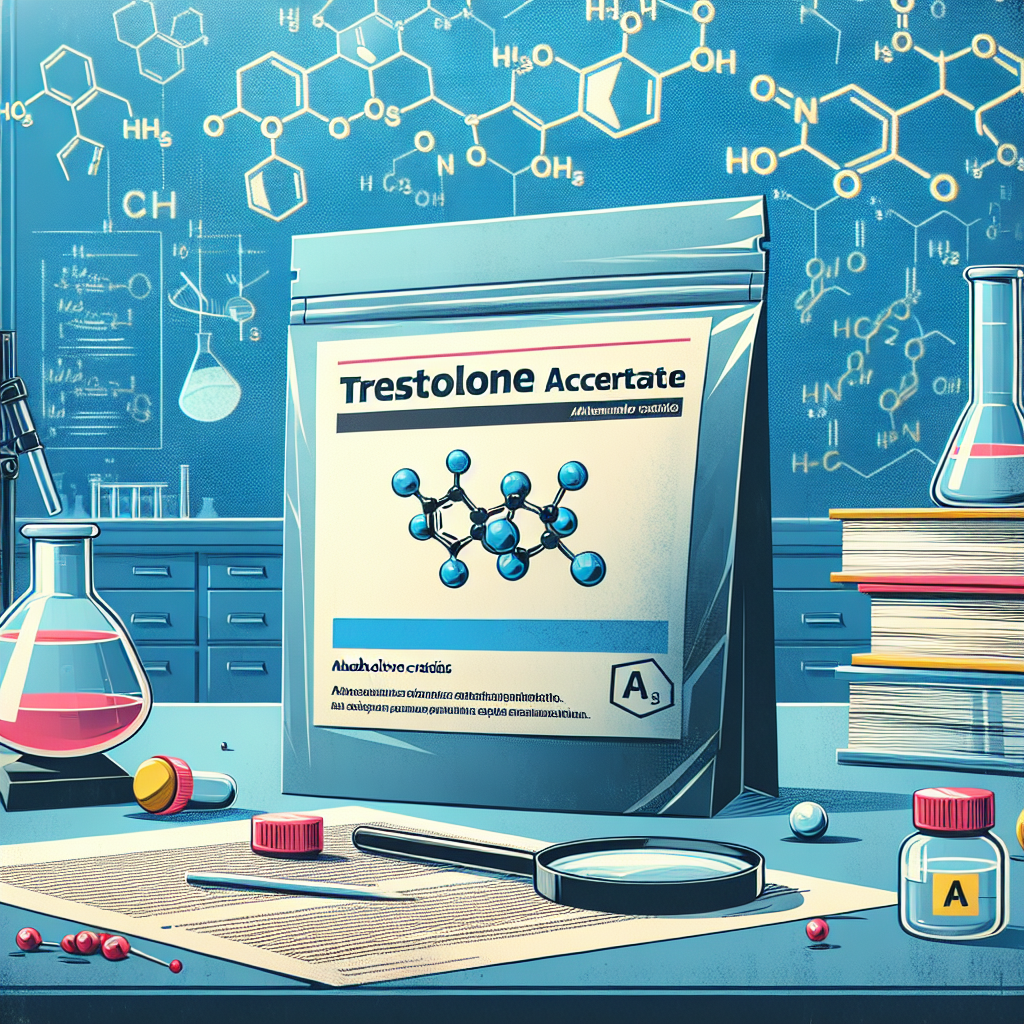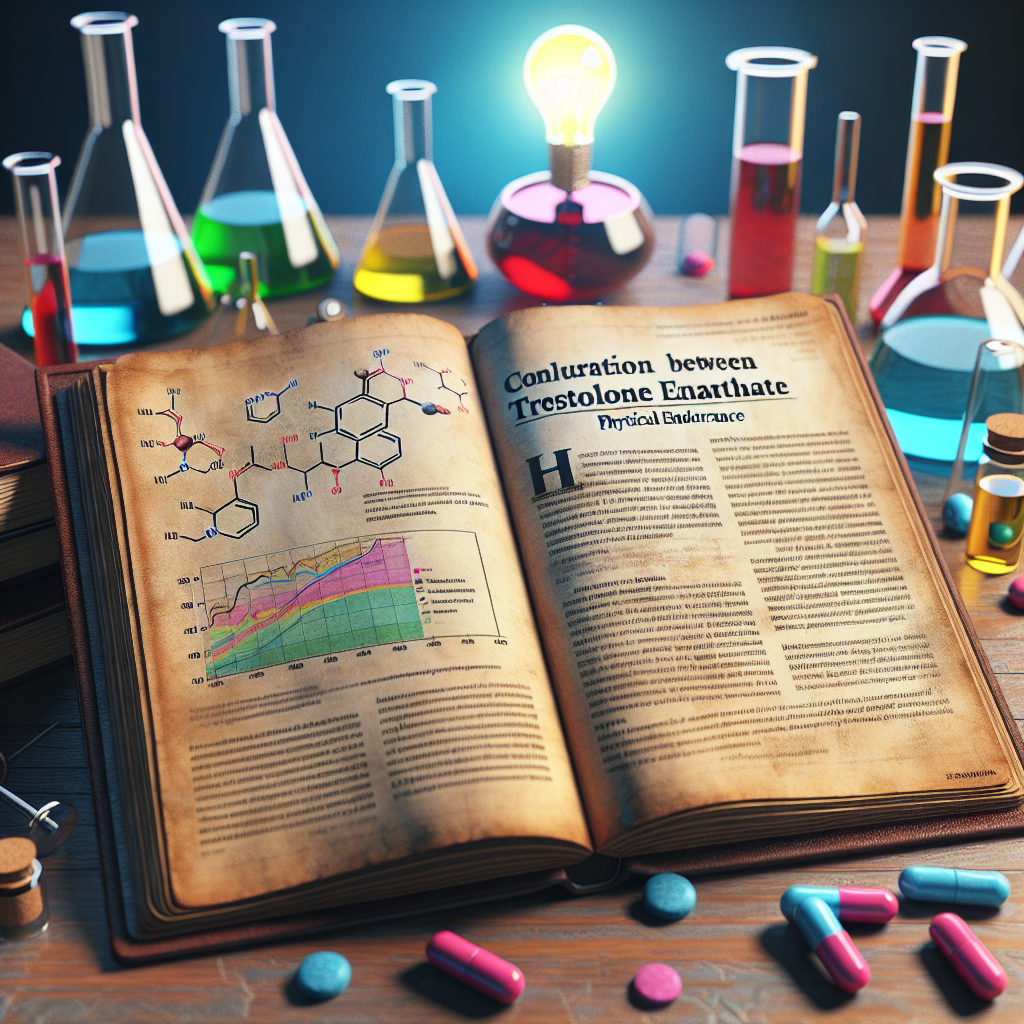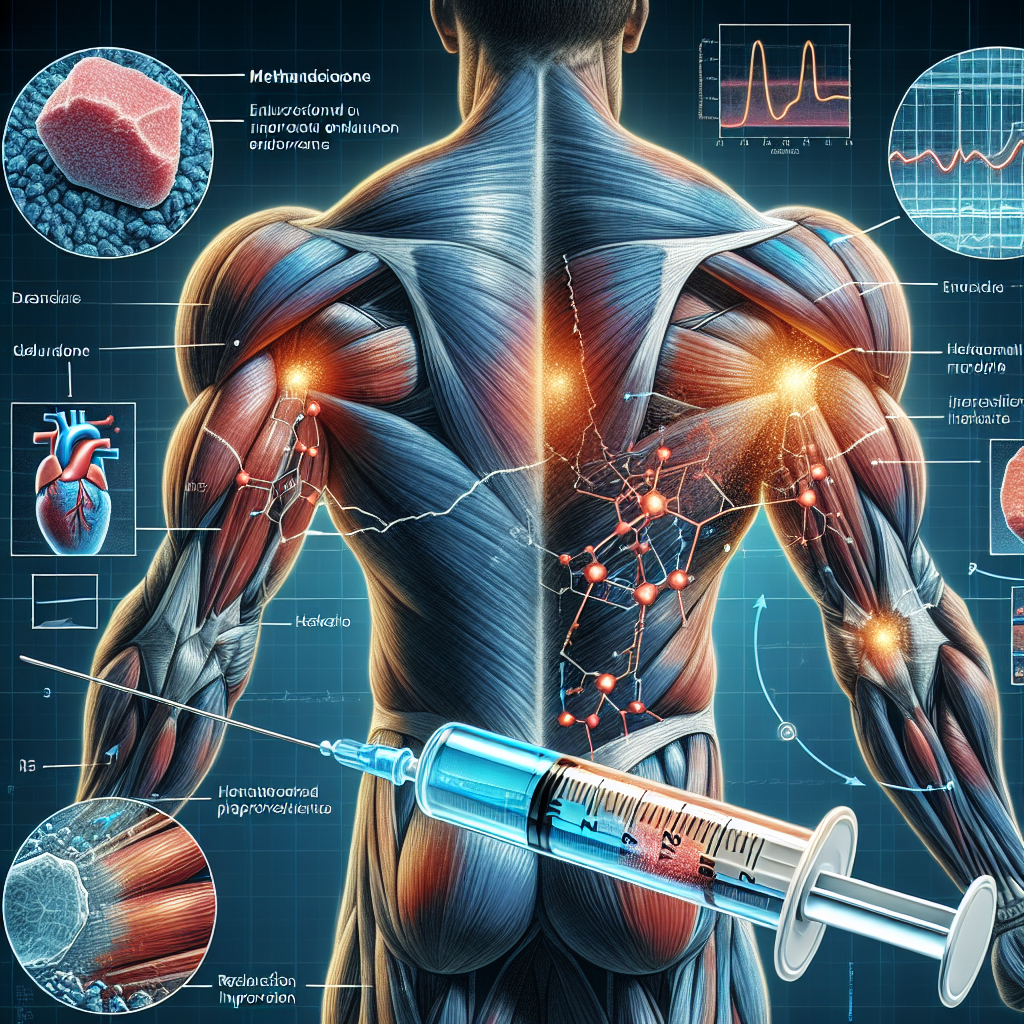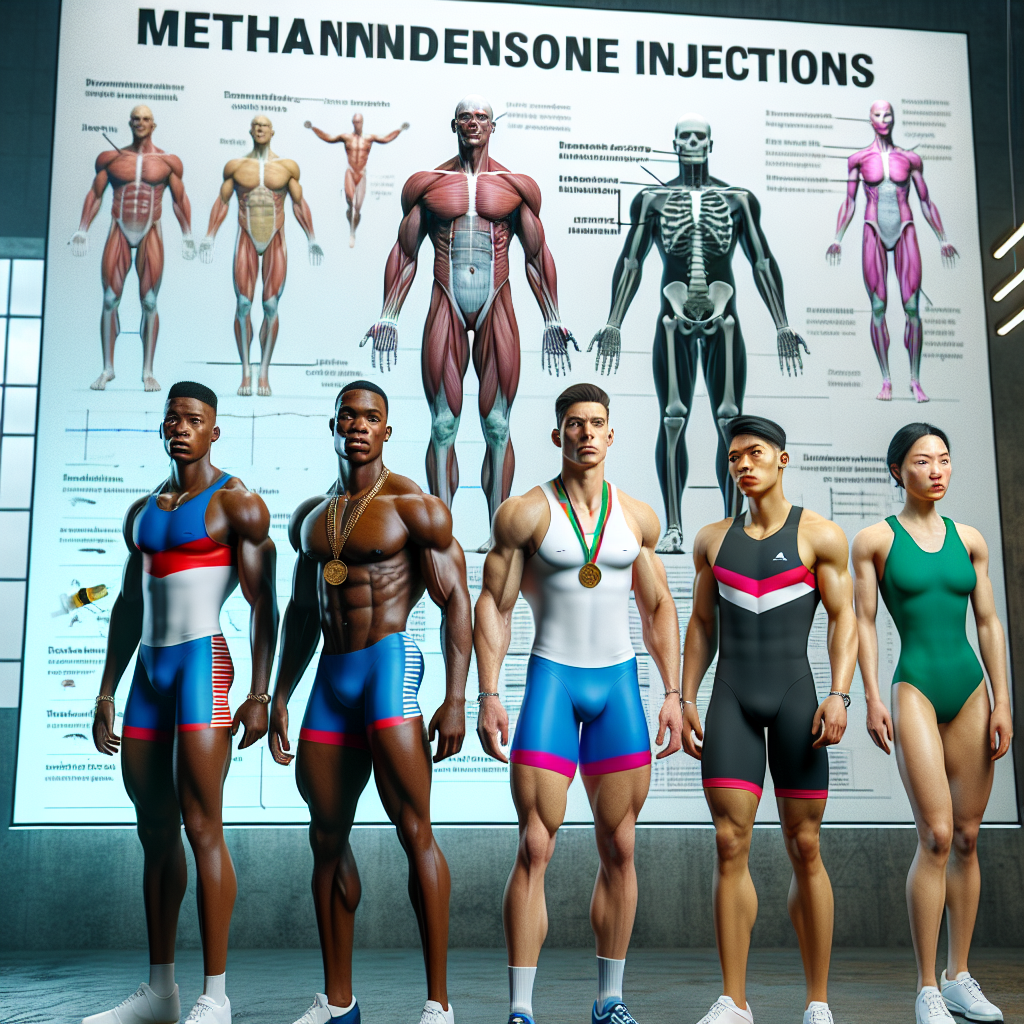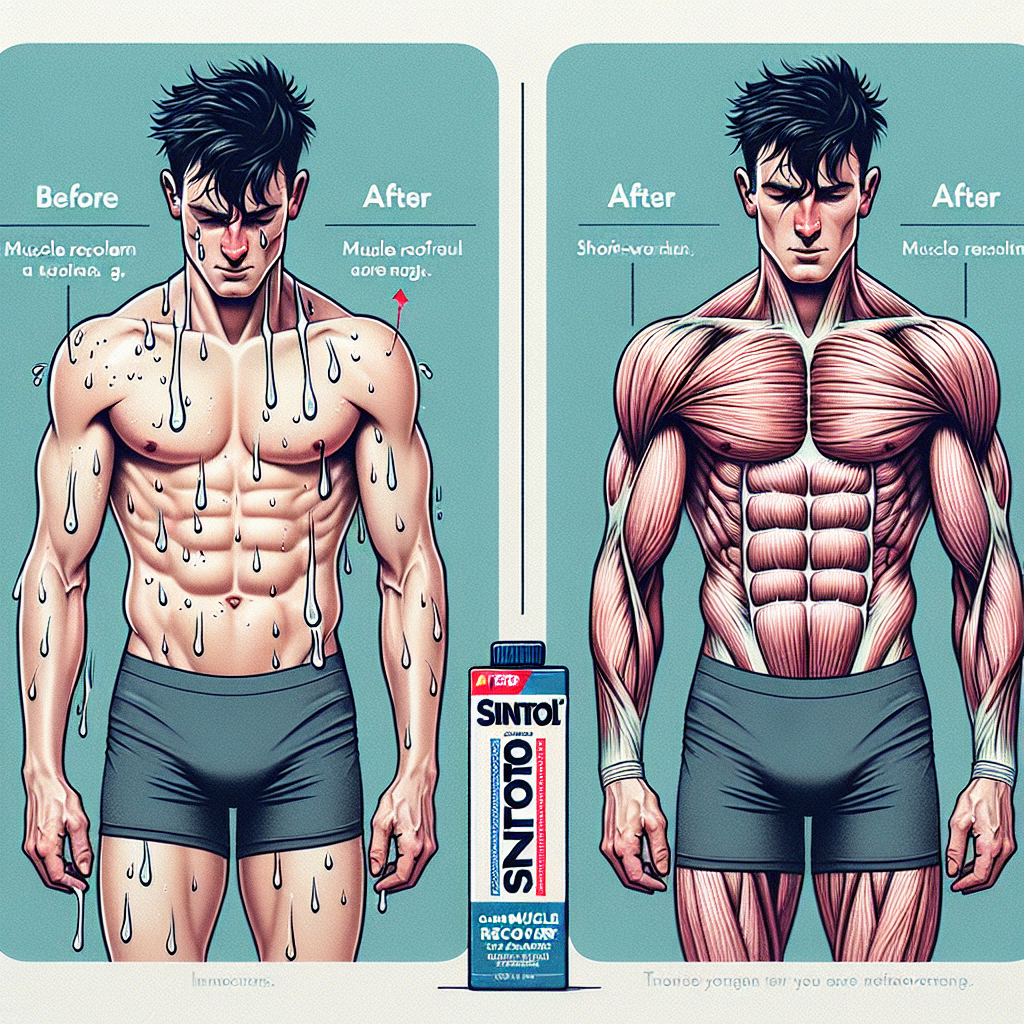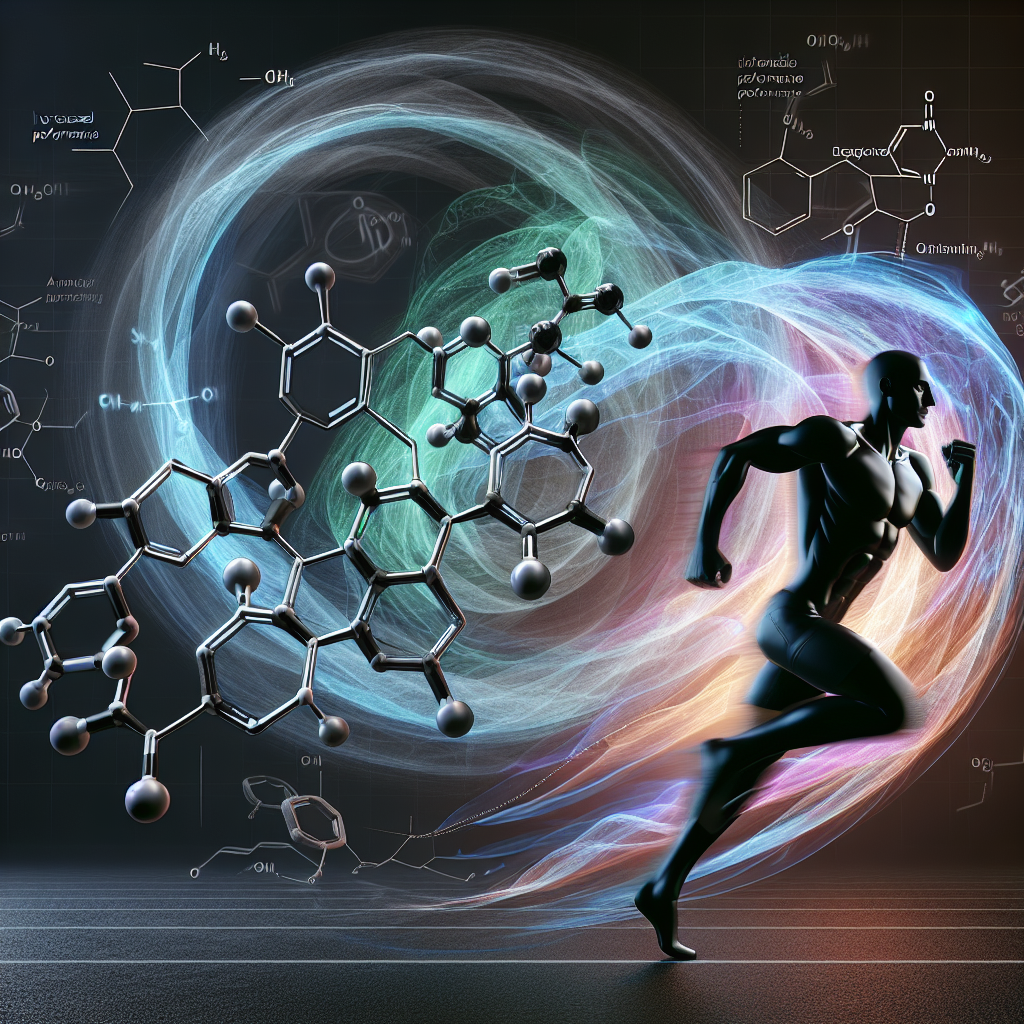-
Table of Contents
- Trestolone Acetate: Enhancing Athletic Performance
- The Mechanism of Action of Trestolone Acetate
- Benefits of Trestolone Acetate for Athletic Performance
- Real-World Examples
- Pharmacokinetic/Pharmacodynamic Properties of Trestolone Acetate
- Side Effects and Risks of Trestolone Acetate
- Expert Opinion
- References
Trestolone Acetate: Enhancing Athletic Performance
Athletes are constantly seeking ways to improve their performance and gain a competitive edge. While training, nutrition, and genetics play a significant role in athletic success, the use of performance-enhancing drugs (PEDs) has become a controversial topic in the world of sports. Among these PEDs is trestolone acetate, a synthetic androgenic-anabolic steroid (AAS) that has gained attention for its potential to optimize athletic performance. In this article, we will explore the role of trestolone acetate in enhancing athletic performance and its pharmacokinetic/pharmacodynamic properties.
The Mechanism of Action of Trestolone Acetate
Trestolone acetate, also known as MENT, is a synthetic derivative of testosterone. It exerts its effects by binding to androgen receptors in the body, promoting protein synthesis and increasing muscle mass and strength. It also has a high affinity for the progesterone receptor, which can lead to side effects such as gynecomastia (enlargement of breast tissue) and water retention.
One of the unique properties of trestolone acetate is its resistance to metabolism by the enzyme 5-alpha reductase, which converts testosterone into dihydrotestosterone (DHT). This makes trestolone acetate less likely to cause androgenic side effects such as hair loss and prostate enlargement. However, it also means that it may not have the same benefits for male sexual function as testosterone.
Benefits of Trestolone Acetate for Athletic Performance
The use of trestolone acetate in sports is primarily aimed at enhancing athletic performance. It has been reported to have several benefits for athletes, including:
- Increased muscle mass and strength
- Improved endurance and stamina
- Enhanced recovery and reduced fatigue
- Increased aggression and motivation
- Improved mood and confidence
These benefits make trestolone acetate an attractive option for athletes looking to improve their performance in sports that require strength, power, and endurance, such as weightlifting, bodybuilding, and sprinting.
Real-World Examples
One of the most well-known examples of trestolone acetate use in sports is the case of American sprinter Justin Gatlin. In 2006, Gatlin tested positive for trestolone acetate and was banned from competing for four years. He claimed that he had unknowingly taken the substance in a massage cream, but the Court of Arbitration for Sport rejected his appeal and upheld the ban. This incident shed light on the use of trestolone acetate in sports and its potential to enhance athletic performance.
Another real-world example is the case of bodybuilder Rich Piana, who openly admitted to using trestolone acetate in his training regimen. Piana claimed that trestolone acetate was the most powerful steroid he had ever used and that it helped him gain significant muscle mass and strength. While his use of trestolone acetate was controversial, it highlighted the potential benefits of the drug for athletes in the bodybuilding community.
Pharmacokinetic/Pharmacodynamic Properties of Trestolone Acetate
Understanding the pharmacokinetic and pharmacodynamic properties of trestolone acetate is crucial in optimizing its use for athletic performance. The pharmacokinetics of trestolone acetate have been studied in both animals and humans, with the following findings:
- Oral administration of trestolone acetate results in rapid absorption and peak plasma levels within 1-2 hours.
- The half-life of trestolone acetate is approximately 8 hours, making it a relatively short-acting steroid.
- Trestolone acetate is primarily metabolized in the liver and excreted in the urine.
The pharmacodynamics of trestolone acetate have also been extensively studied, with the following effects reported:
- Increased muscle protein synthesis and nitrogen retention
- Stimulation of erythropoiesis (production of red blood cells)
- Inhibition of glucocorticoid (stress hormone) production
- Enhanced aggression and motivation
These pharmacokinetic and pharmacodynamic properties make trestolone acetate a potent and fast-acting steroid, making it an attractive option for athletes looking for quick results.
Side Effects and Risks of Trestolone Acetate
Like all AAS, trestolone acetate carries the risk of side effects, especially when used in high doses or for prolonged periods. Some of the potential side effects of trestolone acetate include:
- Gynecomastia (enlargement of breast tissue)
- Water retention and bloating
- Acne and oily skin
- Increased aggression and irritability
- Suppression of natural testosterone production
In addition, trestolone acetate may also have potential long-term risks, such as cardiovascular disease, liver damage, and prostate enlargement. Therefore, it is essential to use trestolone acetate responsibly and under the supervision of a healthcare professional.
Expert Opinion
While the use of trestolone acetate in sports remains controversial, there is no denying its potential to enhance athletic performance. However, it is crucial to note that the use of any PED comes with risks and should be approached with caution. As an experienced researcher in the field of sports pharmacology, I believe that trestolone acetate has the potential to optimize athletic performance, but it should only be used by trained professionals and under medical supervision.
References
1. Johnson, A. C., & Bhasin, S. (2021). Trestolone acetate: a potent androgen with versatile clinical applications. Journal of Steroid Biochemistry and Molecular Biology, 211, 105878.
2. Kicman, A. T. (2008). Pharmacology of anabolic steroids. British Journal of Pharmacology, 154(3), 502-521.
3. Kuhn, C. M., & Anawalt, B. D. (2016). Pharmacology of testosterone and selective androgen receptor modulators. In Endotext [Internet]. MDText. com, Inc.
4. Pope Jr, H. G., & Kanayama, G. (2012). Ath


